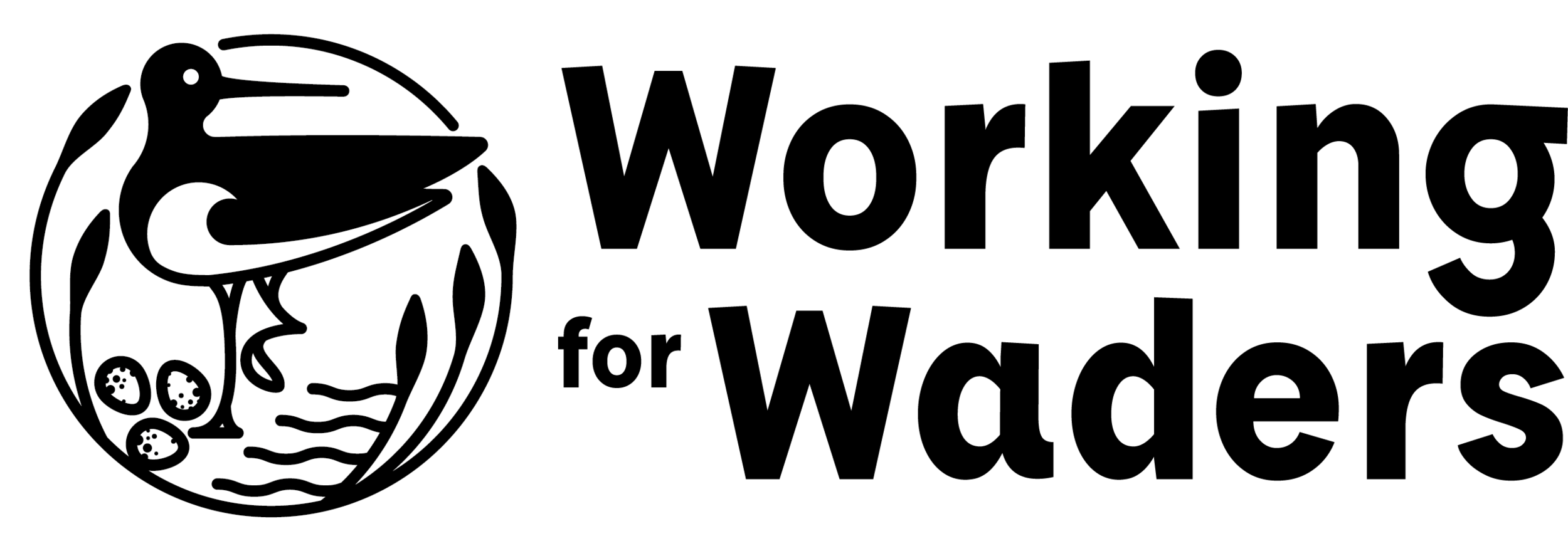Tagging Update from GWCT Auchnerran
Wader-tagging update from GWCT Auchnerran on Deeside, by Dr. Dave Parish
In the spring and summer of 2019, we began the latest phase of our project to GPS tag breeding waders at Auchnerran. This enables us to follow the movements of individuals around the farm and the surrounding landscape, plus during their seasonal migrations. We managed to catch and tag 14 female lapwing, and 2 curlews: one male, one female. Unfortunately, the female’s tag failed and we received no location data from it.
The lapwing tags store location data frequently as long as there is power and we access it via a portable receiver at a maximum range of around 300m, so we have only just begun downloading data from the tagged birds that have returned to Auchnerran to breed again. At the time of writing we have information from 11 birds, though not complete records covering the entire period between tagging and return for all of them, as it takes some time to download data from each individual. This is still a very encouraging return rate.
The Curlew tags record and store location data in the same way as those used on the lapwings, but they transmit those data via the mobile phone network whenever they come within range, so we have been able to follow the progress of our tagged male periodically over the period.
GWCT’s Demonstration Farm in Aberdeenshire provides all sorts of insights into how to balance a sound economic farming enterprise with game, wildlife and other ‘Natural Capital’ assets, not least of which is the substantial assemblage of wading birds found at Auchnerran. This allows us to assess the impact of different interventions, particularly around habitat management and legal predator control. The curlew and lapwing tagging work is therefore a key strand of our research work on the farm.
We have only just started to check the data, but the following are examples illustrating the typical output.
This individual left Auchnerran last autumn and travelled quickly to Ireland, pausing in Northern Ireland. It then left early this spring and headed back to Auchnerran, via the north of England – where it paused close to the GWCT’s Upland Research headquarters.
This individual spent a lot of time around the nest, not surprisingly, but after breeding and again early this year, spent time on different fields around the farm and in the immediate vicinity. By exploring the areas the birds are exploiting, we can identify habitats of importance to them.
The male curlew stayed close to the nest throughout which suggests all required resources were nearby. This is interesting as others have found individuals may make long journeys to forage.
Early results at Auchnerran have highlighted the short distances our tagged birds travelled when away from the nest. This suggests they don’t have to go far to find suitable foraging habitat. It is also advantageous because it wastes less time and means they are close enough to the nest to help deter roaming predators when the need arises. Further research will investigate how far birds are prepared to travel if the required habitats are not nearby and how this affects breeding productivity. This would be invaluable in helping land managers maintain key habitats across the landscape.



